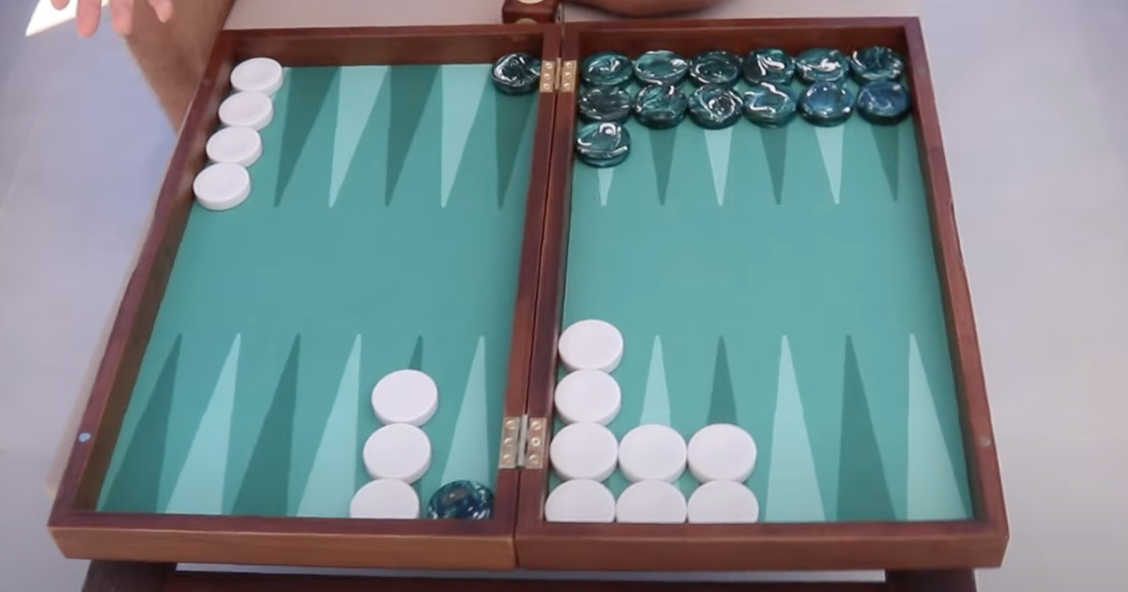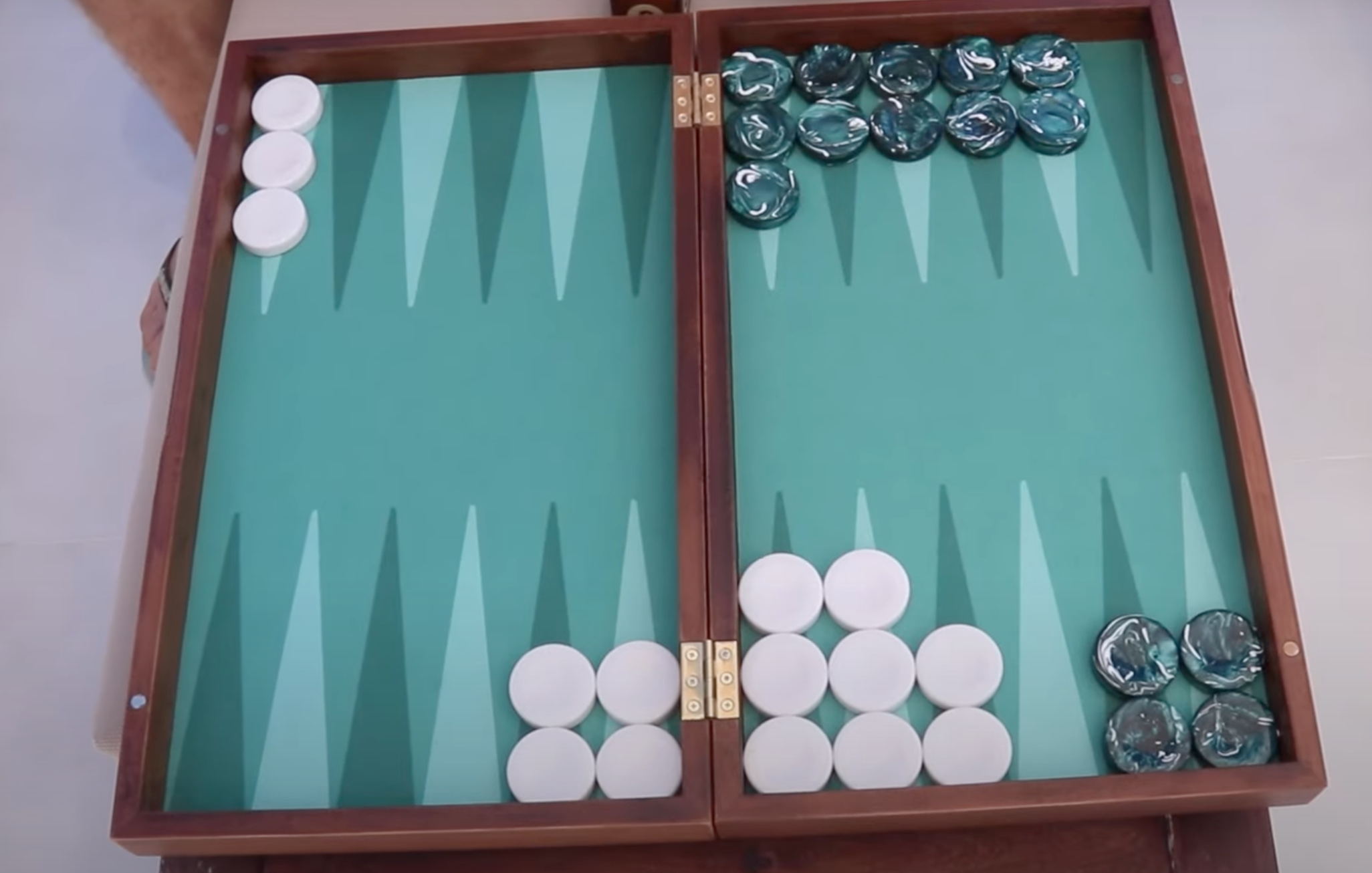Timing in Backgammon - Essential to any Winning Strategy
What's up, friends of backgammon? In this blog post, we're going to talk about timing in backgammon.
What Is Timing?
You hear this concept of timing all the time, but few players have actually made a clear definition of timing. I have my definition of timing, and I'm going to just show you what the concept of timing is through this position here:
This is a holding game position. White has achieved full freedom here, but green is still stuck on an anchor on the 18 point. However, green is actually ahead by 34 pips in this position. So, green is on roll, and green is doing fine. But still, very even-ish game. It's 60-40 in green's favor here. Green is up 34 pips.
Why is it that green isn't a bigger favorite than just 60%?
The answer is that even though green has better race value in this position, he has worse timing. Green is forced to break this anchor if he rolls a 5 6, which would leave him in a position like this:
Just because one player is ahead in the race, it doesn't mean that he has a big edge because that racing lead is being countered by the opponent having better timing.
where white will hit. And then green can simply lose the game by being trapped behind a prime.
We see here that even though white has inferior race, he has superior timing in the position, whereas green has superior race but worse timing. This means that white can keep his structure and position the way it is for longer. Green either has to run from the anchor, or crunch his front position like this:
Green crunching his front position
which is also bad for the race and bad if there's a hit exchange.
So, timing is your ability to keep your structure and position as strong as possible when you need it. I am not saying now, or later. Instead, I am saying “when you need it”.
Let’s have a look at another position - a back game position:
Green is trapped in a deep back game here, and white has a beautiful five prime. White's really trapping green.
Who Is in Favor? White or Green?
If you were a primitive computer program here, you might have said: “Green has two points of anchor. That's very strong. And green has a five-point board. That's also very strong. So, green must be doing fine in this game. He can easily hit some shots, and then he has a strong board.”
But an intelligent human player who has just learned the importance of timing can easily see what's going on in this position: Green is going to crunch because green has no mobility. Plus, he has horrible timing. He's going to eventually crunch his front position, and he's going to have a position where all of his checkers are buried here on the deeper points:
Even if he gets lucky and hits a turnaround shot, he's not going to win because he destroyed his front position. So, again, an example of very poor timing for green.
So, what it means to have a good timing is that you have a powerful front position when the critical moment in the game arises. And you can actually predict it further out in the game.
Knowing the Critical Moment
Let's say we have a position like this:
Here we can easily see that green has a very weak front position. He has a one-point board, basically on a blot. This is no good. However, it doesn't matter because green doesn't need a good front position at the moment. He needs it seven or eight rolls down the line. In seven or eight rolls, green will have a strong front position. He's going to come down, and he's going to build something like this:
And white will be on the verge of crunching. He will be in a position like this:
Look at the powerful front position of green above. He's actually going to win the game if he hits a turnaround shot now.
So, in this position, green has good timing. He has timed his front position in such a way that when the critical moment in the match arises (which would be when he gets that shot), he will have a strong front position. It's neither crunched, collapsed, nor is it underdeveloped. Instead, it’s in the sweet spot where he has a strong front position ready to secure a win if he gets the turnaround shot.
Conclusion
Overall, my definition of good timing is the likelihood of having a strong front position when the critical moment in the game arises. Timing is a significant element of backgammon because you might be superior in the race, but then you have the counteracting mechanism of timing. This is the tension between race and timing that goes on in almost all games.
You can see the full video here!








